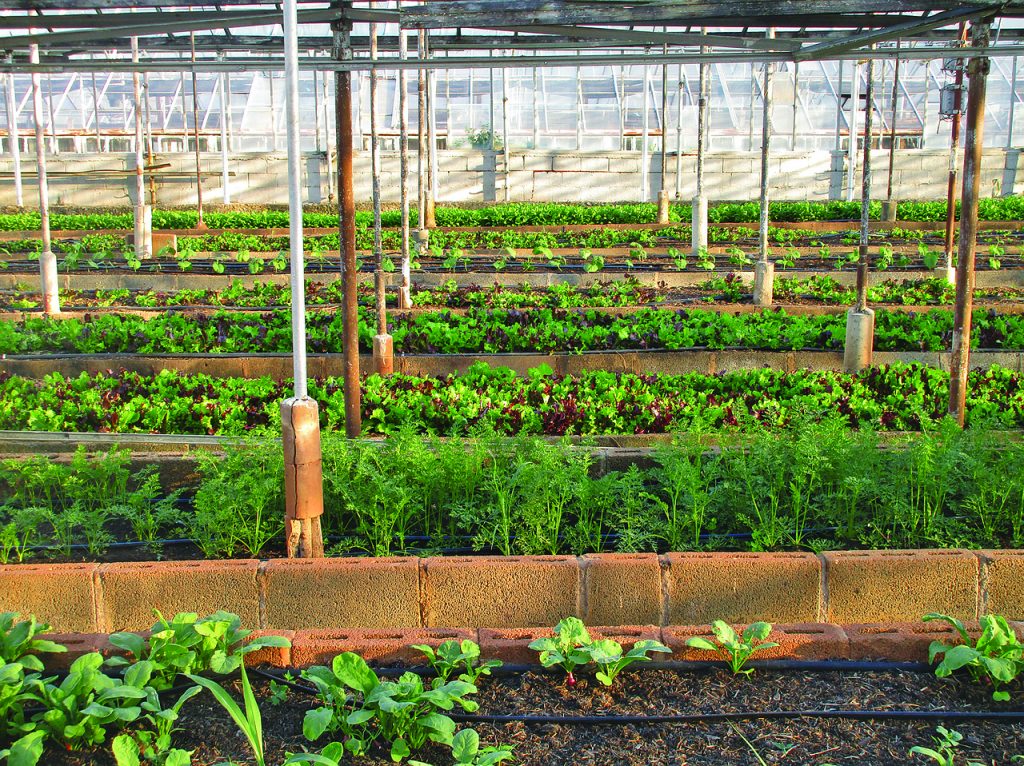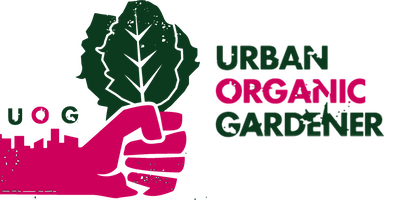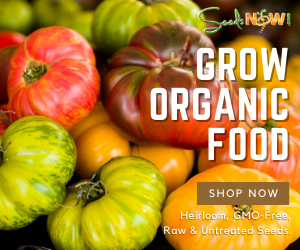
The United Nations estimates that nearly 10 billion people will be living in cities by 2050. According to a recent publication by the Barilla Center for Food & Nutrition, urban eaters consume most of the food produced globally and maintain more resource-intensive diets including increased animal-source and processed foods — rich in salt, sugar and fats. At the same time, many urban populations — particularly in low-income areas and informal communities — endure acute hunger and malnutrition as well as limited access to affordable, healthy food.
But there are countless ways that cities can feed themselves and create better linkages between rural and urban food systems. In Mexico City, the organization CultiCiudad built the Huerto Tlatelolco, an edible forest with 45 tree varieties, a seed bank, and plots for biointensive gardening. In the U.S., City Growers uses New York City’s urban farms as a learning laboratory for children to reconnect with nature. And in the Kalobeyei Settlement in northern Kenya, urban agriculture represents a tool for empowerment by improving food security, nutrition and self-sufficiency among refugees.
READ THE FULL STORY: https://www.ecowatch.com/urban-agriculture-tech-and-innovation-2642311884.html




















